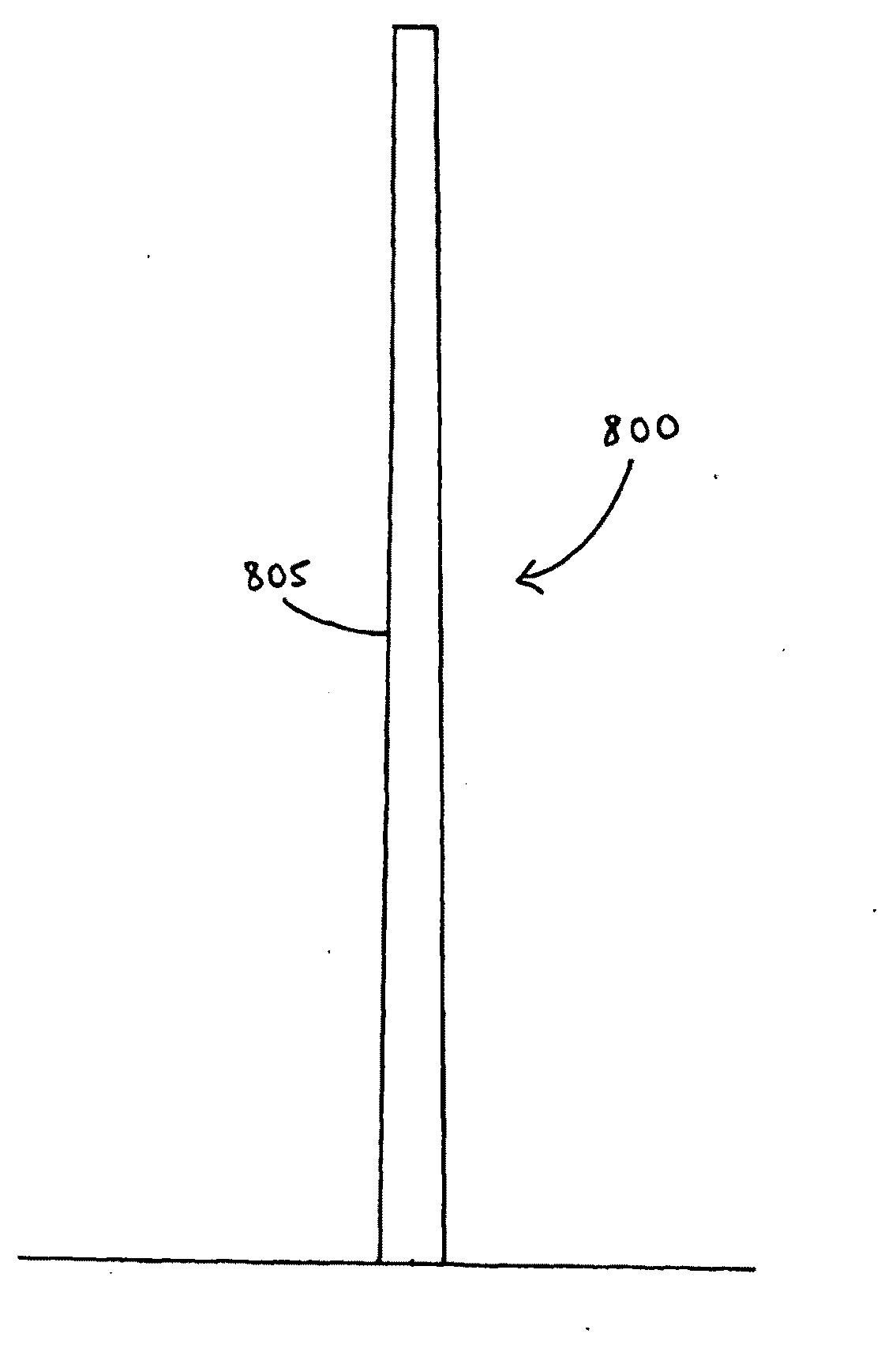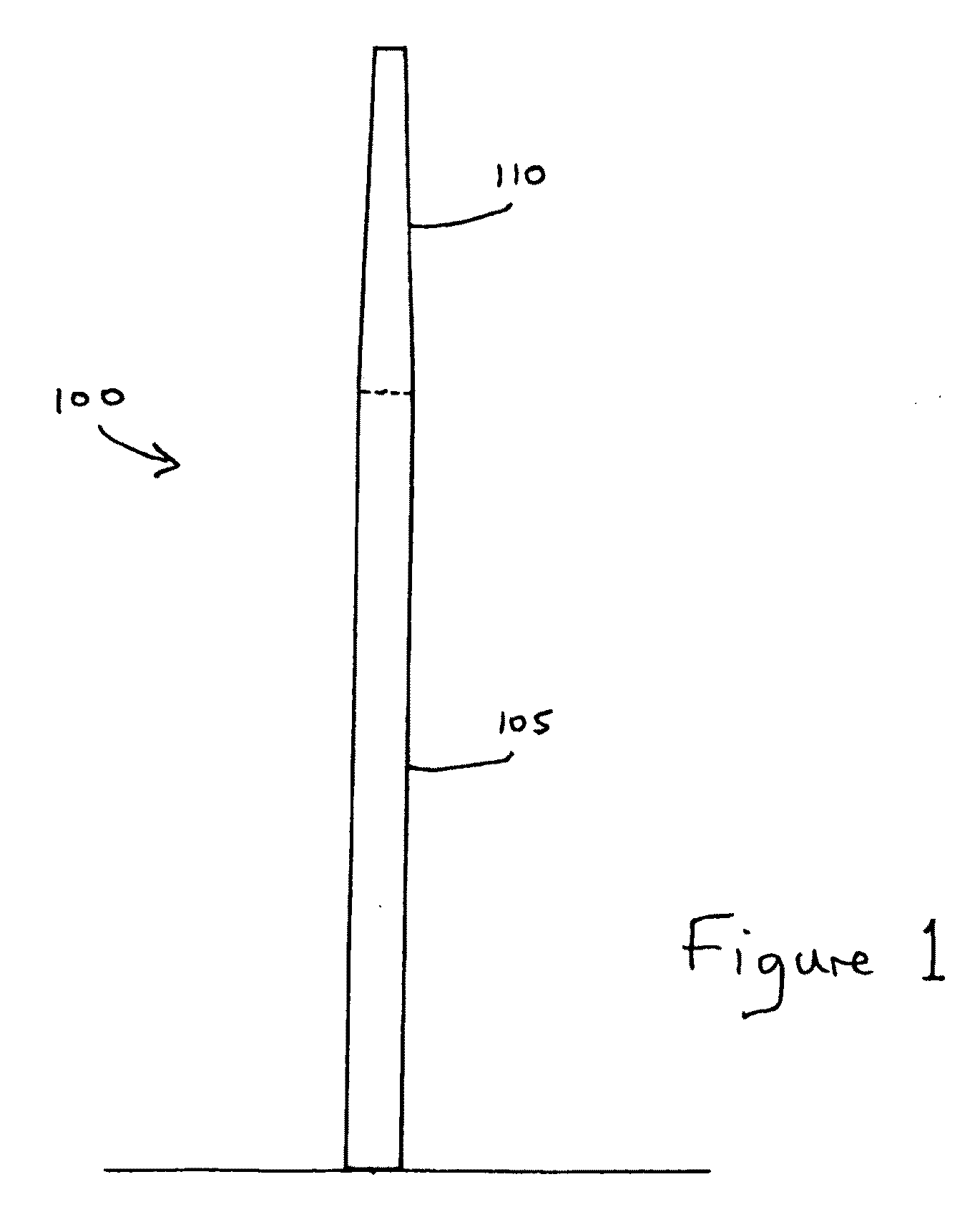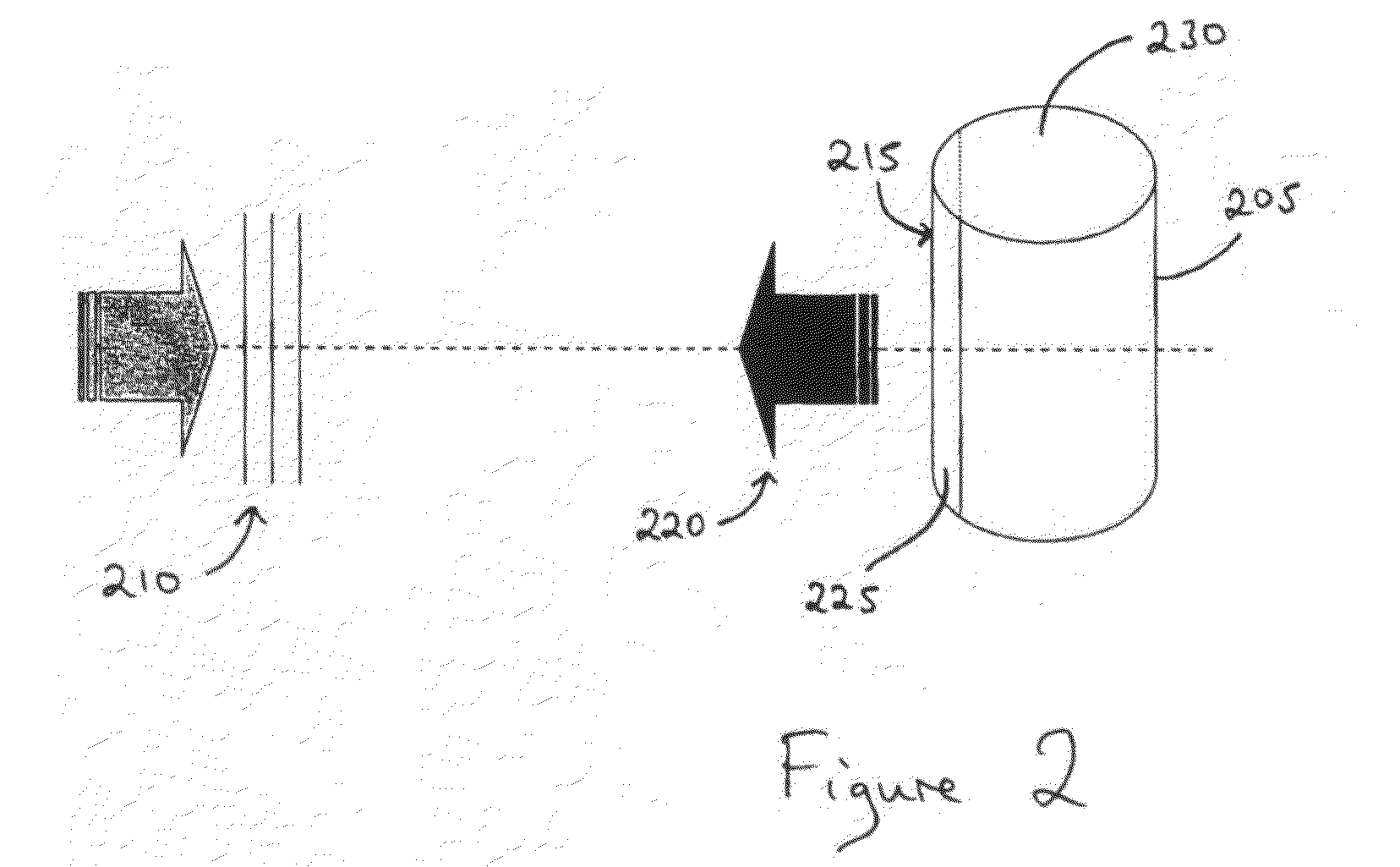Structure
a technology of structure and base, applied in the field of structures, can solve the problems of requiring a very wide base and a rusto-conical structure, and achieve the effects of reducing the rcs of the structure, and preferably minimizing the rcs
- Summary
- Abstract
- Description
- Claims
- Application Information
AI Technical Summary
Benefits of technology
Problems solved by technology
Method used
Image
Examples
Embodiment Construction
[0022]Preferred embodiments of the present invention will now be described in more detail, by way of example only, with reference to the accompanying drawings.
[0023]A preferred embodiment of the present invention will now be described in the context of a wind turbine. Wind turbines are often deployed in open and exposed locations such as coastal or mountainous areas, and in large numbers forming so-called wind farms. Such locations are often likely to be within the field of coverage of coastal radar or air traffic control radar installations.
[0024]A wind turbine, for example one manufactured by Vestas Technology™, is a large structure comprising a tower, a nacelle to house a generator, and a two or three-blade rotor. The tower itself is approximately 80 metres tall. The inventors in the present case have modelled the electromagnetic properties of one of the wind turbines of Vestas Technology™, the V82 turbine, using a BAE SYSTEMS plc proprietary physical optics computer program call...
PUM
 Login to View More
Login to View More Abstract
Description
Claims
Application Information
 Login to View More
Login to View More - R&D
- Intellectual Property
- Life Sciences
- Materials
- Tech Scout
- Unparalleled Data Quality
- Higher Quality Content
- 60% Fewer Hallucinations
Browse by: Latest US Patents, China's latest patents, Technical Efficacy Thesaurus, Application Domain, Technology Topic, Popular Technical Reports.
© 2025 PatSnap. All rights reserved.Legal|Privacy policy|Modern Slavery Act Transparency Statement|Sitemap|About US| Contact US: help@patsnap.com



